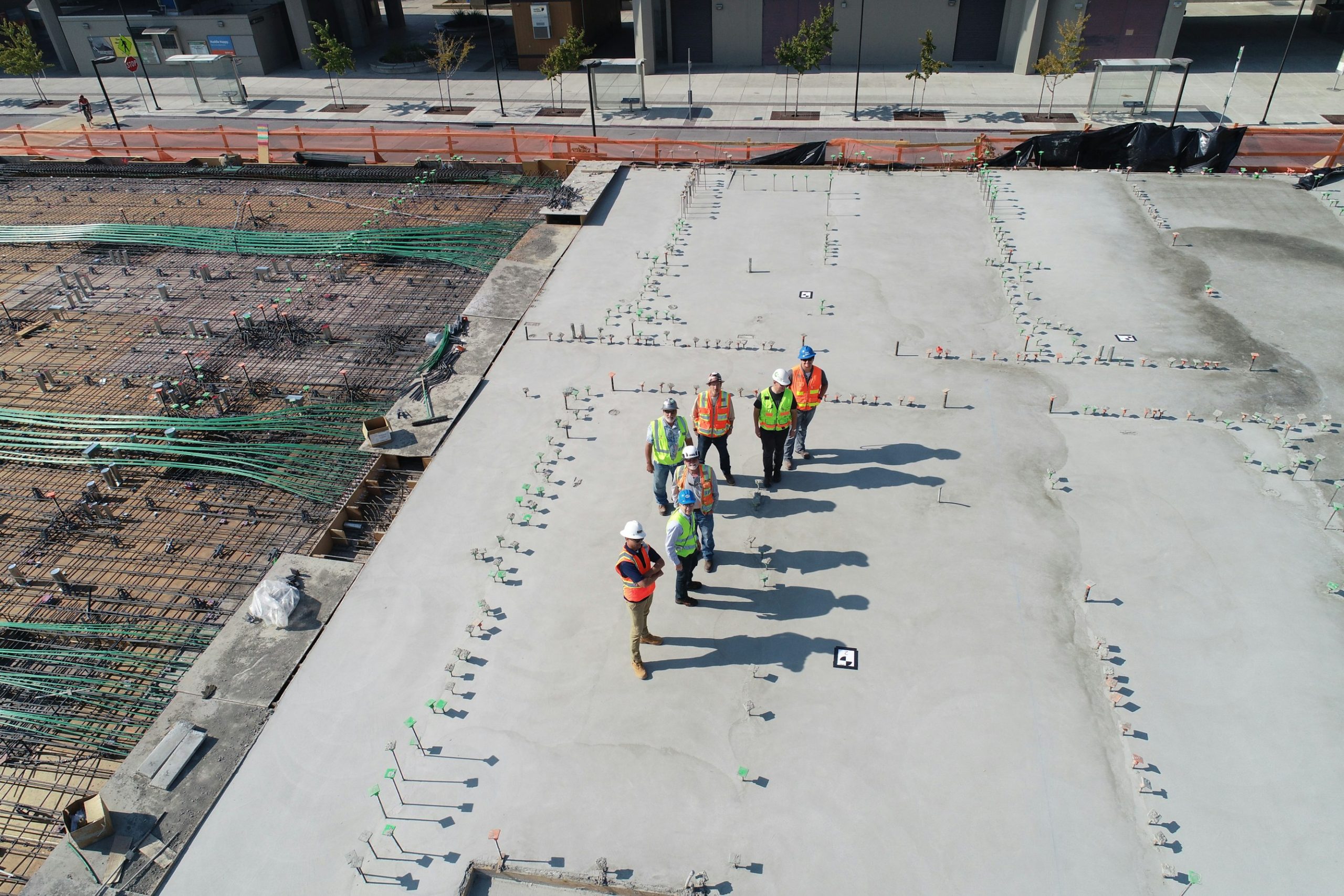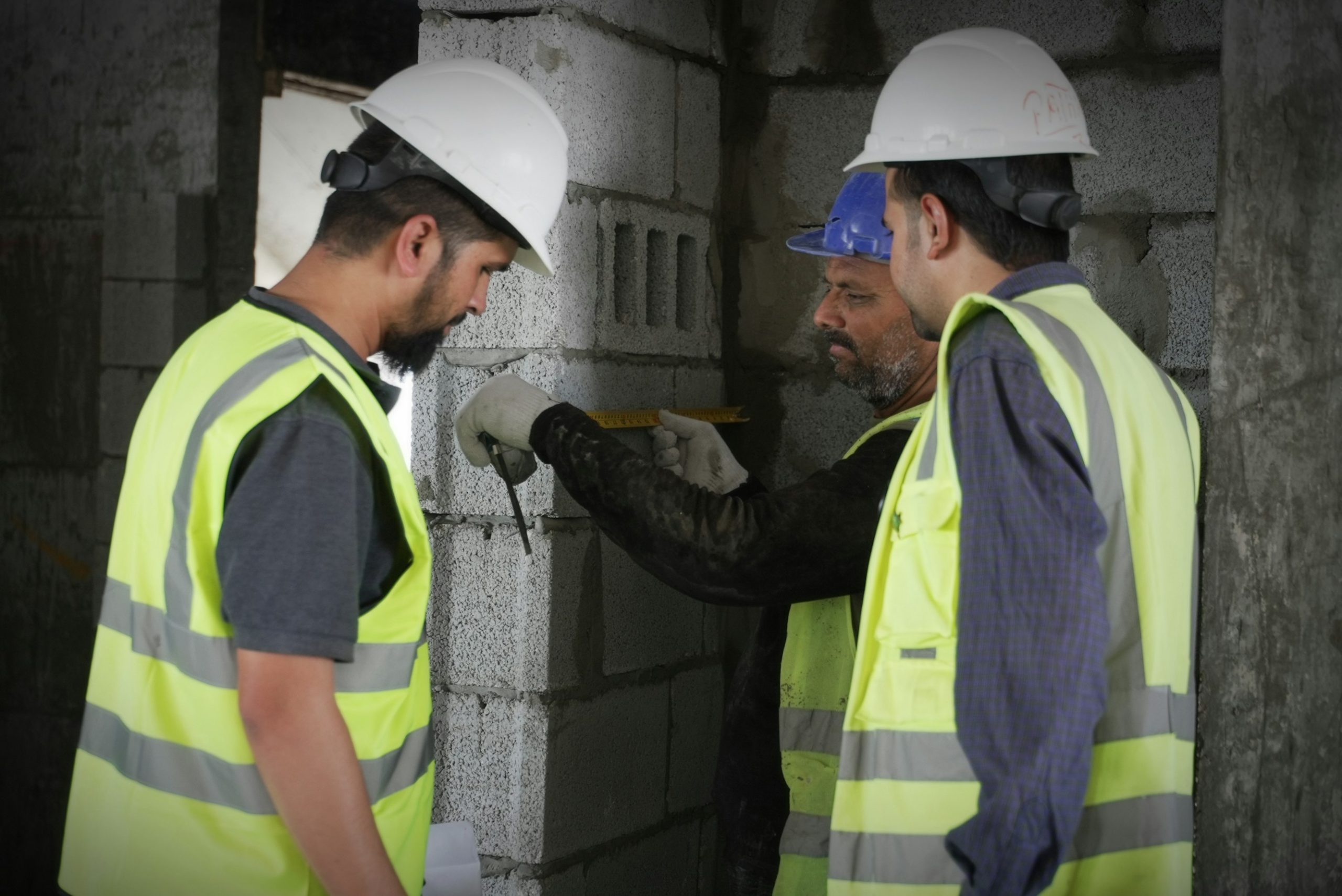Integrating Risk Conversations into Daily Project Updates
Integrating risk conversations into daily project updates is crucial for successful project management. With the complexities of modern construction and project management, understanding and addressing potential risks through structured conversations can significantly influence project outcomes. This post delves into key concepts, statistics, use cases, best practices, and innovative solutions to enhance risk management in your projects.
Importance of Risk Management in Project Updates
Risk management is a fundamental aspect of any project’s success. It is essential to identify, analyze, and communicate risks regularly to make informed decisions and ensure project stakeholders remain aligned. Failing to integrate these conversations can lead to missed opportunities for risk mitigation and a potential increase in project costs and delays. By fostering an environment where risk discussions are routine, teams can respond dynamically to unforeseen challenges.
Key Concepts in Risk Management
Risk Identification and Analysis
The integration of risk conversations begins with thorough risk identification and analysis. This process involves brainstorming sessions with project teams, stakeholders, vendors, and subcontractors to compile a comprehensive list of potential risks. Tools like the Risk Breakdown Structure (RBS) and Work Breakdown Structure (WBS) can aid in categorizing and organizing identified risks, allowing for efficient management and monitoring.
Risk Assessment and Prioritization
Once risks are identified, conducting qualitative and quantitative risk analyses is critical. These assessments involve utilizing tools like risk assessment matrices and decision trees to prioritize risks based on their potential impact and probability. By assigning risk scores, teams can focus on high-impact areas that require immediate attention, often leading to more effective risk management outcomes.
Risk Tolerance and Acceptance
Understanding the organization’s risk tolerance is vital. It involves determining which risks are acceptable versus those needing mitigation. Gathering insights from stakeholders and historical project data aids in this evaluation. Industries such as finance and healthcare typically exhibit lower risk tolerance due to regulatory requirements, making early risk conversations particularly crucial in these sectors.
Best Practices for Integrating Risk Conversations
Continuous Monitoring and Updates
Risk management is not a one-time activity; it requires continuous monitoring and regular updates to the risk register. Such updates should reflect new risks and changes, ensuring project teams are informed and ready to adapt their strategies. Regularly scheduled team meetings and the distribution of progress reports keep all members aligned on risk management activities and priorities.
Stakeholder Involvement
Involving stakeholders early in the risk management process is essential. Their insights allow for a richer understanding of potential risks and help align response strategies with overarching project goals. Engaging stakeholders contributes to strengthened risk management practices and reduces the chances of oversights.
Utilization of Risk Management Tools
To simplify risk management, using specialized tools is beneficial. Tools like risk assessment matrices, quantitative risk analysis platforms, and decision trees can visually represent risks, thereby supporting data-driven decision-making. Additionally, maintaining a detailed risk log enables teams to track assessment results and adapt strategies in real-time.
Communication Plans
A clear communication plan is essential for keeping stakeholders informed about risk events, mitigation measures, and changing response strategies. Regular updates help maintain transparency and ensure all parties can quickly respond to emerging risks, further enhancing project stability.
Risk Response Strategies
Risk Mitigation Measures
Implementing robust risk mitigation strategies can significantly reduce the potential impact of risks. This involves defining measures that range from risk avoidance and transfer to acceptance, depending on the organization’s risk appetite and the nature of the risk. Furthermore, ensuring flexibility in these plans allows for adjustments as projects evolve.
Identifying Positive Risks (Opportunities)
Not all risks are negative; some present valuable opportunities for improvement. Successful project teams are adept at identifying these positive risks and developing strategies to exploit or enhance them, which can lead to greater project success and efficiency.
Use Cases Across Industries
Risk management practices vary across industries. For example, stringent compliance requirements in finance and healthcare necessitate low risk tolerance for data security, leading firms in these sectors to employ technologies like encryption and continuous auditing systems. In construction, integrating risk assessment into project forecasting helps manage financial and operational risks, ultimately maintaining tighter control over timelines and budgets.
Emerging Innovations in Risk Management
Utilizing advanced technologies can revolutionize risk management practices. For instance, leveraging project management platforms like Zepth enhances the process of identifying, evaluating, and addressing risks efficiently. Implementing analytics and AI-driven tools can provide more accurate forecasts and improved resource allocation, making risk management an intelligent and proactive endeavor.
How Zepth Can Help
Comprehensive Risk Management
Zepth’s project management solutions facilitate the integration of risk conversations into daily updates. With features for risk identification, analysis, and prioritization, Zepth enables teams to maintain an organized risk register, track updates, and promote consistent communication among team members and stakeholders. Explore Zepth’s Risk Management tools to enhance your project oversight.
Customizable Risk Management Plans
The Zepth platform empowers teams to tailor risk management processes according to specific needs, ensuring alignment with project goals and organizational priorities. Utilize tools like risk assessment matrices and decision trees to visualize risks easily and make informed decisions regarding risk response strategies.
Enhanced Communication and Collaboration
Zepth enhances regular reporting, team meetings, and stakeholder updates to ensure that everyone involved in the project is informed and aligned on risk management activities. This proactive communication fosters transparency and enables teams to adapt effectively to emerging risks, which is key to project success.
Conclusion
Integrating risk conversations into daily project updates is essential for effective construction and project management. By employing the best practices outlined above and leveraging tools like Zepth, project teams can proactively manage risks, maintain clarity, and ultimately deliver successful project outcomes. As the construction industry continues to evolve, the focus on risk management will only grow, making it imperative for teams to embrace these practices today.




